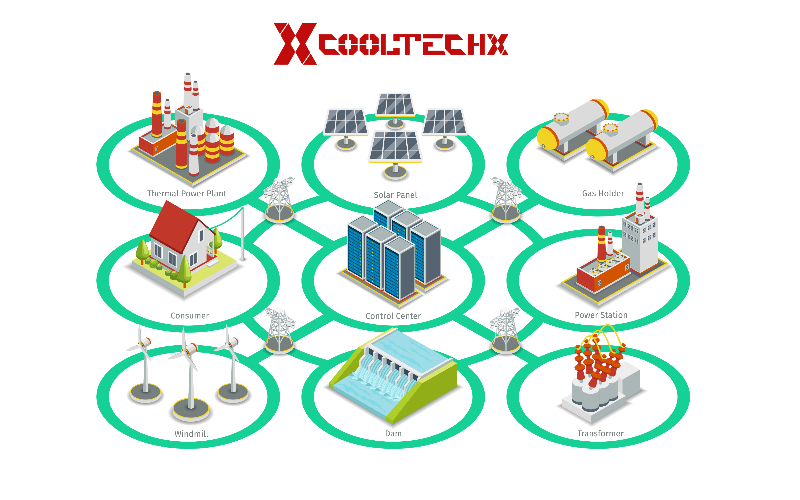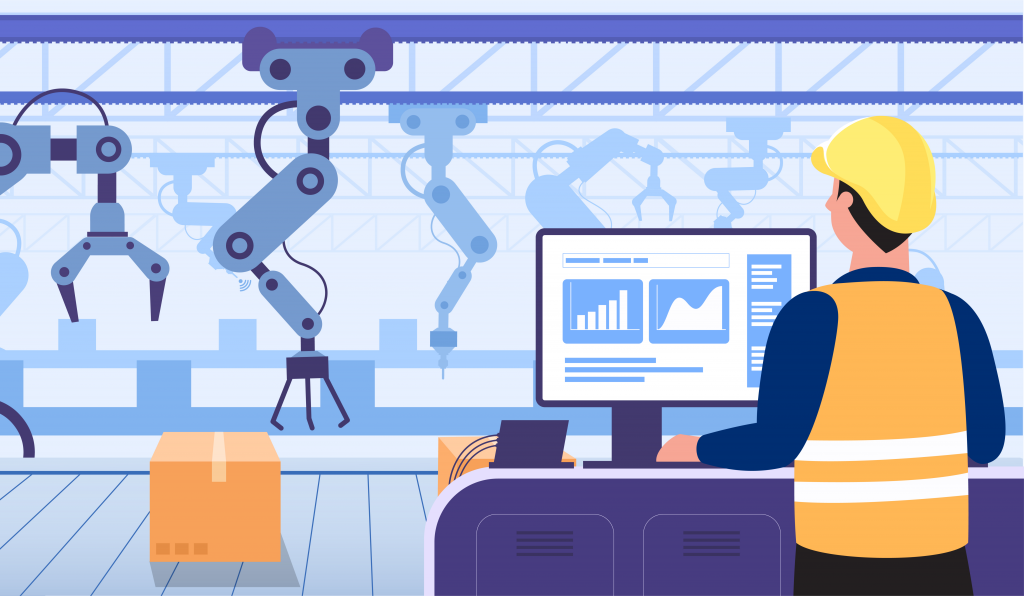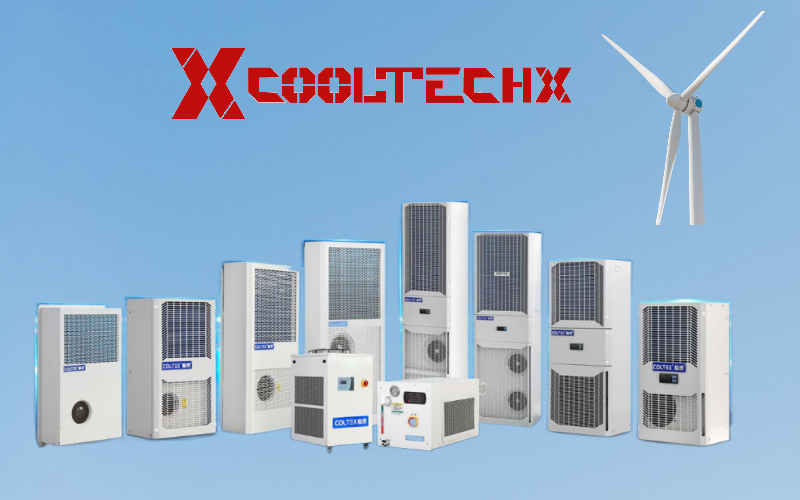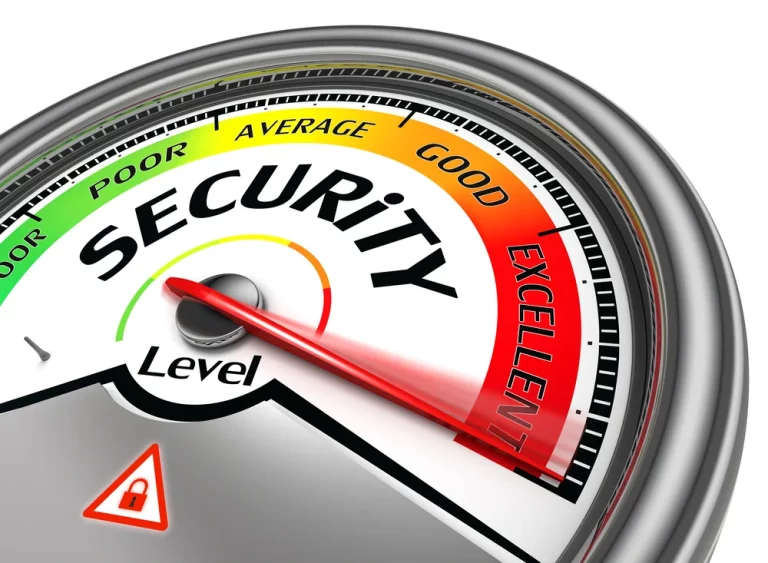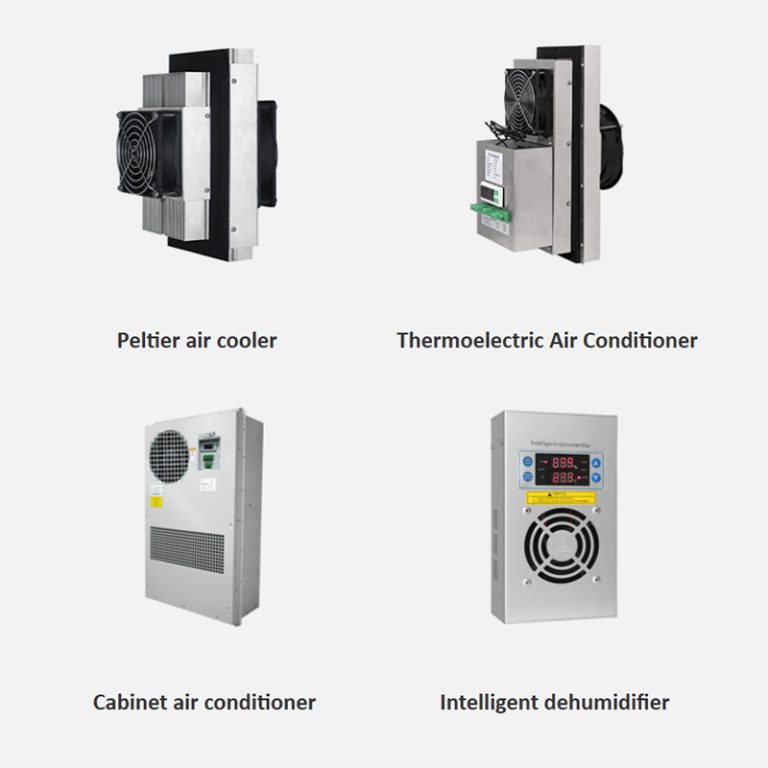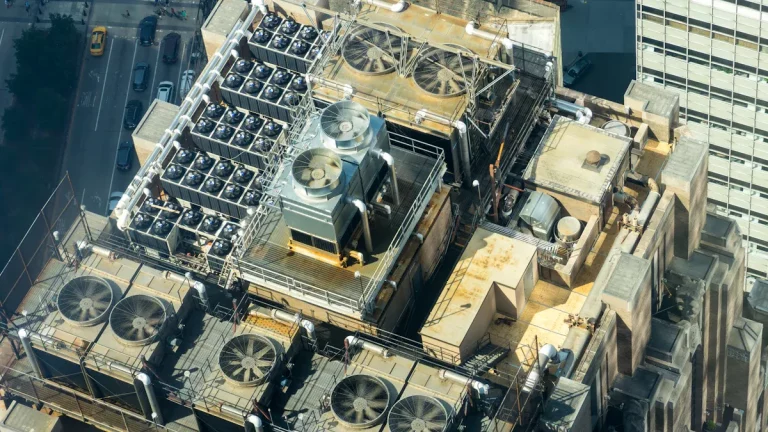In summer, we turn on the fan or the air conditioner to cool down the temperature. This allows for the temperature to be maintained at a comfortable level. Control cabinet electrical equipment also needs to cool down.
According to an assorted working environment, and various heating elements, it is of vital importance to maintain a constant temperature to guarantee both indoor and outdoor control cabinets run normally. This blog will tell you everything about how to solve the heat dissipation problem of an electrical control cabinet.
Why Need to Cool Down the Temperature for Your Control Cabinets?
During the installation of electrical equipment, more and more electrical control cabinets are installed on site or near mechanical equipment, which can save installation costs and reduce the complexity of the installation process.
1. Assorted Working Environment
However, the environment of industrial sites is different, some are more ideal, but the environment of many sites is relatively harsh, such as high temperature, dust, water vapor, etc.
2. Various Heating Elements
In addition, with the increasing popularity of new technologies such as frequency conversion and speed regulation, and in order to meet various control needs, the use of heating elements in electrical control cabinets is becoming more and more common. For example, inverters, solid state relays, transformers, various rectifier modules, etc.
Introducing Different Thermal Managements
Nowadays, fans (filter fans), heat exchangers, industrial air conditioners and other methods are generally used. Among them, industrial air conditioners are the most ideal and effective temperature control processing equipment.
1. Fan (Filter Fan)
Fans (filter fans) are especially suitable for the economical removal of high heat loads. The use of fans (filter fans) is only effective when the temperature inside the cabinet is higher than the ambient temperature. Fans (filter fans) are the most commonly used method.
2. Heat Exchanger
When the air circulation inside and outside the cabinet requires isolation, a heat exchanger can also be considered.
The air/air heat exchanger has two separate air flow spaces, one communicates with the electrical control cabinet and the other communicates with the outside space, the hot air in the cabinet is sucked into the heat exchanger, and the heat of the hot air passes through the cooling fins The heat pipes pass to the other end of the heat exchanger, which then rejects the heat to the atmosphere through the flow of outside air. The prerequisite for using this heat exchanger is that the ambient temperature must be lower than the temperature inside the cabinet.
3. Cabinet Air Conditioner
The fan is suitable for the temperature in the cabinet higher than the ambient temperature, but when the ambient temperature is higher than the temperature in the cabinet or the ambient temperature is higher than the required temperature in the cabinet (generally 35°C), then you should consider using an industrial air conditioner. Also, when the air circulation inside and outside the cabinet requires isolation, industrial air conditioners should also be considered.
The cabinet air conditioner adopts the principle of compressor refrigeration for powerful cooling to achieve constant temperature control of the internal temperature of the electrical control cabinet. Since the air circulation inside and outside the electrical control cabinet is isolated from each other, it can effectively prevent harmful and humid gases and dust from entering the cabinet.
How to Install the Enclosure Air Conditioner
To make sure the enclosure air conditioner performs successfully, the electrical control cabinet must be sealed.
1. Don’t Bend the Top Plate
Top-mounted air conditioners cannot bend the top plate of the electrical control cabinet, and the top plate should be strengthened if necessary
2. Notice the Condensed Water
Be sure to pay attention to the discharge of condensed water. After the installation is completed, the condensed pipe should be inserted into the outlet hole to prevent condensed water from flowing into the cabinet. Now some manufacturers have produced air conditioners without condensed water discharge (condensed water evaporates quickly).
3. Install a Door Switch
A door switch should be installed, and the air conditioner should be cut off when the door is opened to avoid condensation in the cabinet, and the air conditioner can only be turned on again after the door is closed for 5 minutes
4. Check the Air Circuit
Keep the air circuit in the cabinet unblocked and avoid obstructions at the air inlet and outlet. Check here to learn more deatils about How to Install the Cooltechx Enclosure Air Conditioner.
In Conclusion
With the increasing maturity of enclosure air-conditioning technology, more and more users are asking for air-conditioning in electrical control cabinets. Cooltechx produces industrial cabinet air-conditioners of various specifications, which can support continuous operation for up to 10 years, and can meet the requirements of various users.
Any questions, please leave us a message, Cooltechx team is always at your service. Learn more about Cooltechx.


